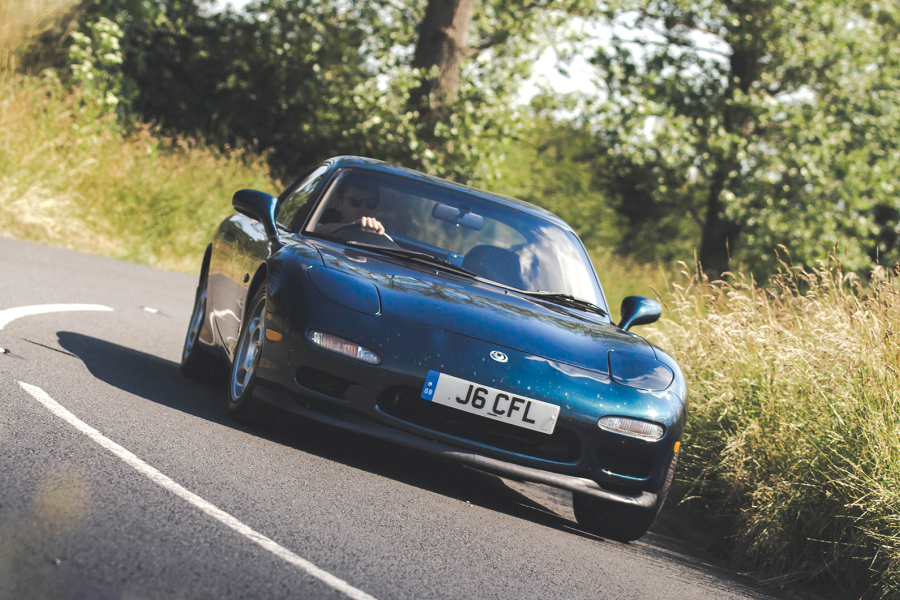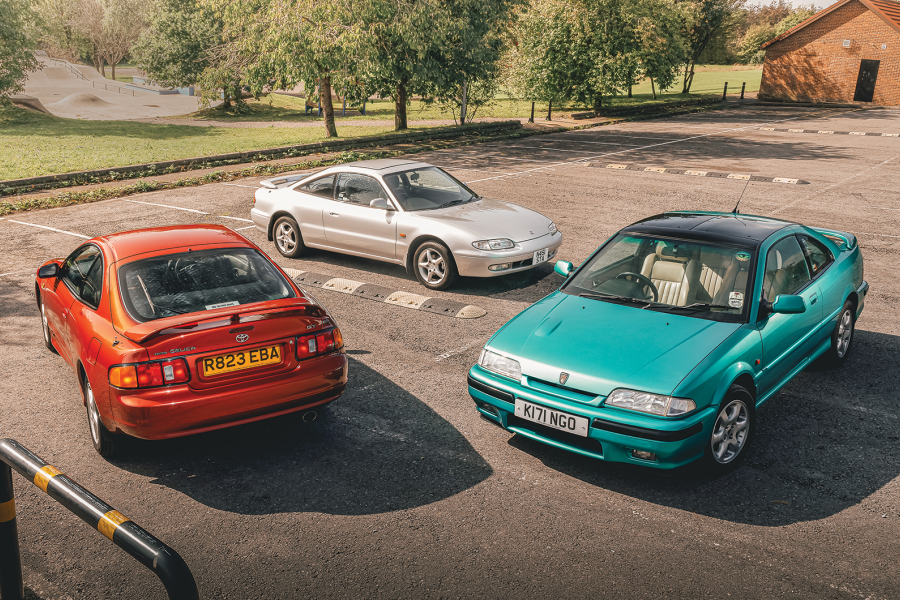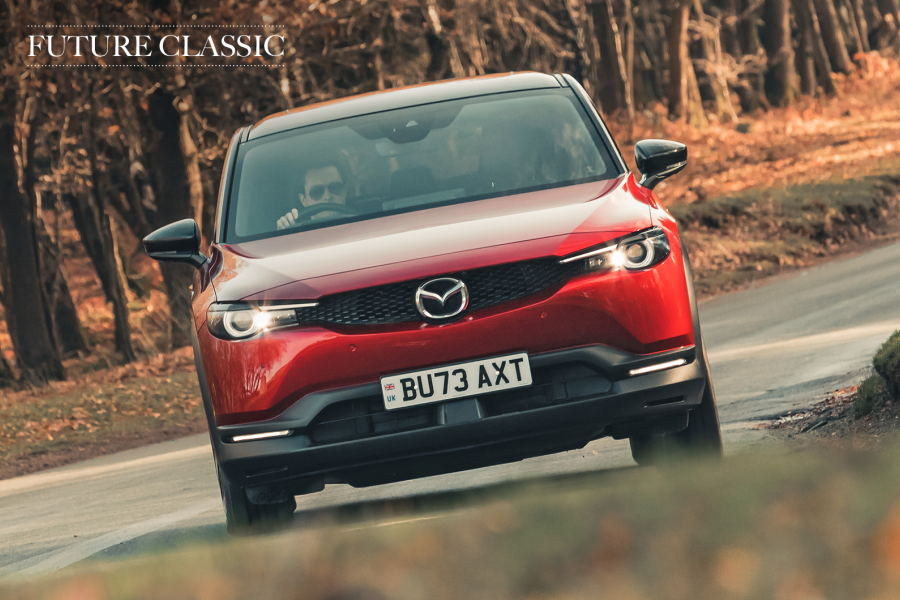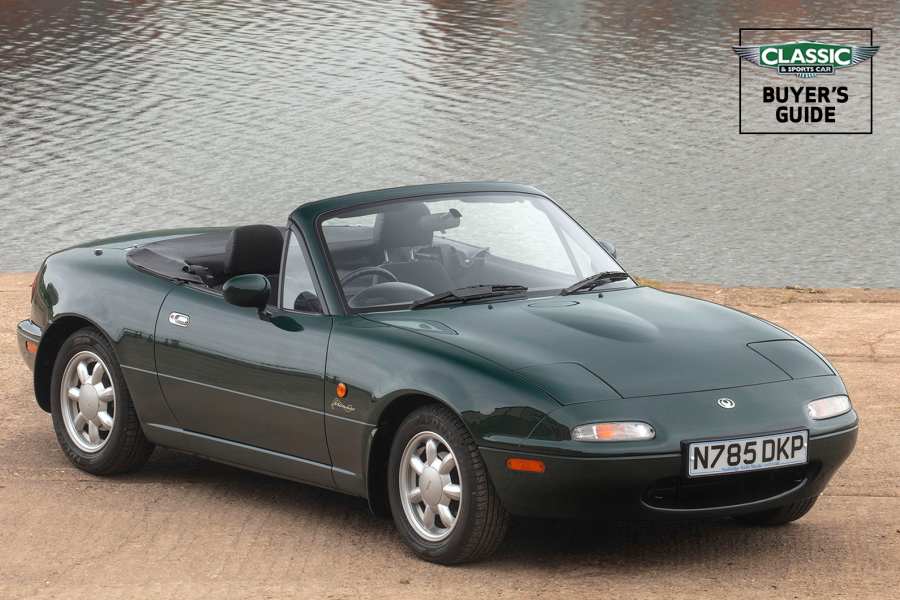
Aside from the Cosmo 110S, Mazda’s rotary-engined cars of the 1970s were generally quick and competitively priced, but ornately styled and unexcitingly engineered. They were also too thirsty for most buyers.
But, having thrown its lot in (almost) with Wankel power, Mazda had to follow through with rotary alternatives in every segment.
The firm’s commitment to the rotary idea was best illustrated by the introduction in 1974 of a Wankel-engined pick-up (the Repu, a one-year-only model for North America and Canada, built to the tune of 15,000 examples) and a 26-seat bus called Parkway.

The 1968 Mazda R100 Coupé, pictured, began life the previous year as the RX-85 concept
More mainstream were the little R100 (which proved its reliability by coming a creditable fifth on the 1968 Marathon De La Route and sold particularly well in Australia and New Zealand), and the 1970 RX2 Capella, based on the piston-engined 616.
The 1975 RX3 Savanna proved to be the most popular Mazda rotary car offered before the best-selling RX7 appeared.
The more upmarket R130 Luce was a Bertone-styled coupé aimed at the domestic Japanese market. It was Mazda’s only front-wheel-drive rotary model and a genuinely pretty car.










